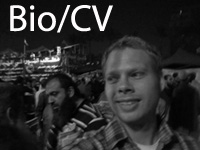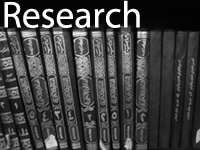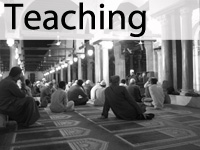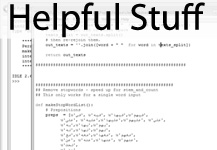
|
Deadly Clerics: Blocked Ambition and the Paths to Jihad
|

|
2017, Cambridge University Press, Cambridge Studies in Comparative Politics series.
Fieldwork photos
Replication archive: doi.org/10.7910/DVN/PG4A7K
|
|
The Argument Deadly Clerics explains why some Muslim clerics adopt the ideology of militant jihad while most do not. I explore multiple pathways of cleric radicalization and argue that the interplay of academic, religious, and political institutions has an under-appreciated influence on the rise of modern jihad through a mechanism I call blocked ambition. To set the stage for this argument, I draw on a variety of evidence to show that Muslim clerics are best understood as academics committed to lives of pious learning. The academic nature of modern Sunni clericism is remarkable: I use a new, representative sample of Sunni Muslim clerics online to show that 56 percent have a doctorate in the Islamic sciences and 49 percent have been employed as professors or instructors at universities. This insight leads to the core argument of the book: that academic politics plays an important role in explaining why some Muslim clerics become jihadists. I argue that the academic culture of Muslim clerics creates ambition to achieve the ideal academic career. As long as clerics' academic ambitions remain attainable, they are unlikely to espouse violent jihad, but when their ambition is blocked, clerics are at much greater risk of turning to violent ideology. Clerics face blocked ambition for a number of reasons. Some never begin an academic career because they lack a dense, well-connected educational network that would help them secure a position on the cleric academic job market. Others start an academic career but then lose their jobs unexpectedly, often because of government repression. Clerics who are forced out of academia are more likely to turn to jihad for two reasons: jihadist ideas are attractive to those who see the system rigged against them, and preaching jihadi ideology helps these outsider clerics attract supporters and funds. The Evidence I test the argument that blocked ambitions can lead to increased risk of jihadism using a variety of methods and data sources, including large-scale statistical analysis of text and network data obtained from the Internet, case studies of clerics' lives, and ethnographic participant observation at sites in Cairo, Egypt. Although employing multiple methods is increasingly common in many social sciences, combining ethnographic and statistical approaches is rare and will set this book apart from others. Previous scholarship on jihadists has often fallen into the research design trap of "selection on the dependent variable" --- looking only at jihadists to understand the causes of jihadism when a comparison with non-jihadists would be more appropriate. I avoid this problem by collecting a novel data set of all Arabic-speaking Muslim clerics online (resulting in 11,000 individual clerics) and then sample 200 clerics from the population for detailed analysis. Using a proper sample allows me to answer previously unanswerable questions: How many Internet clerics are jihadist? What background factors distinguish jihadist clerics from non-jihadist clerics? I use this sample of clerics to show statistically that individuals with stronger academic networks and connections are more likely to go on to have academic careers and much less likely to ever become jihadist. I complement the statistical findings by drawing on ethnography in Cairo's al-Azhar Mosque and various virtual spaces on the Internet. I spent approximately four weeks immersed in the life of the al-Azhar mosque, a site I selected because of its prominence as a teaching institution in the Sunni Muslim world. I spent most of my time visiting and observing the mosque, the rhythms of religious ritual, the comings and goings of teachers and students, and the process of clerical instruction. I also conducted digital ethnography of jihadist activities online; following updates to websites, web-libraries, and message boards. My fieldwork in at al-Azhar and online was crucial for developing the theoretical propositions in the book and provides vignettes to illustrate key points throughout.
|






